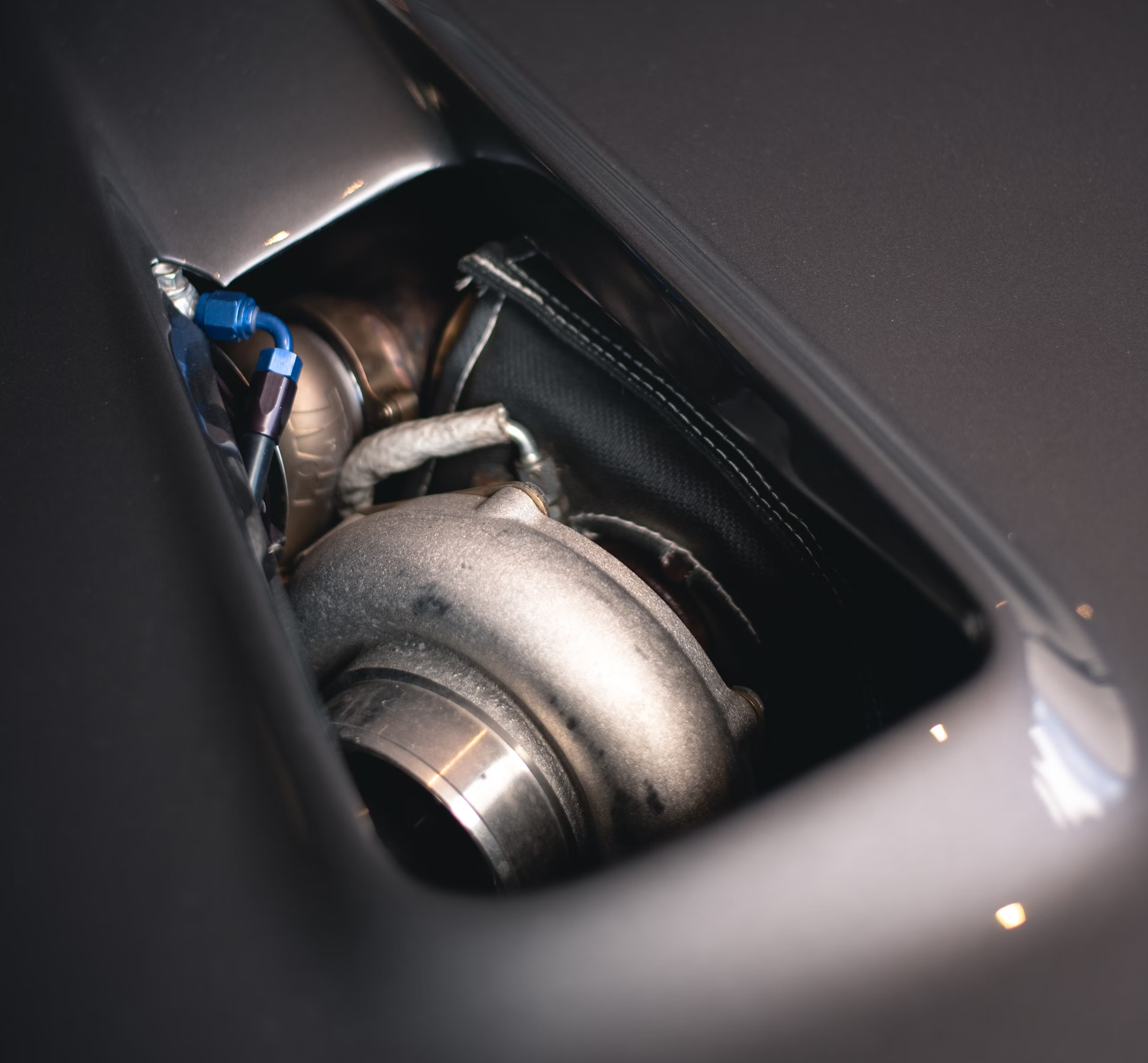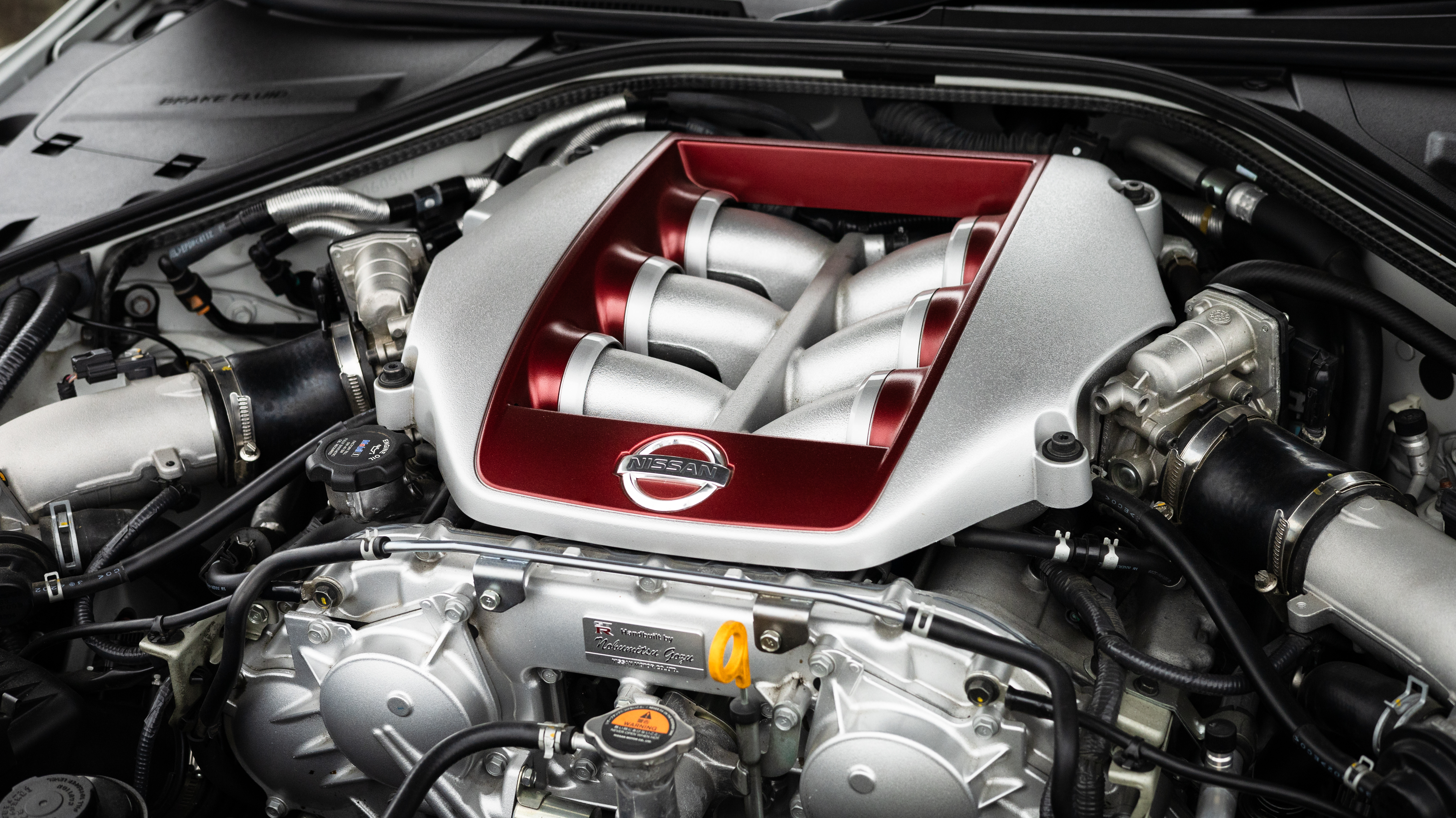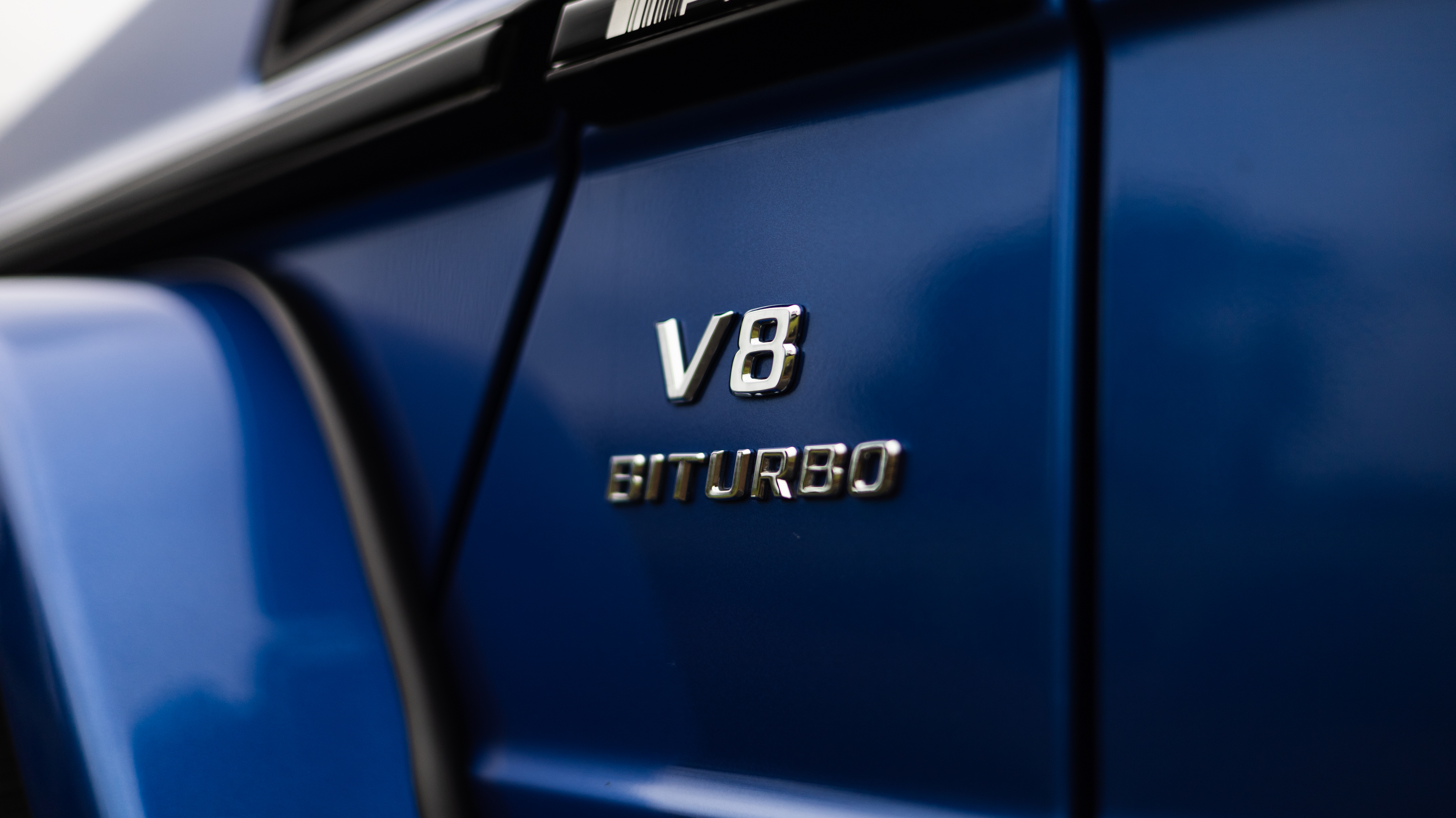How a Turbo Works: The Technology Behind Power
Introduction:
The turbocharger is one of the key technologies in modern engines, allowing vehicles to generate more power without increasing fuel consumption. Whether you're behind the wheel of a supercar or a luxury car, understanding how a turbo works can enhance your driving experience. But what exactly is a turbo, and how does it function? Discover the technology behind these powerful and high-performance engines found in some of the most impressive models in our fleet.
What is a Turbo and Why Use It?
A turbocharger (or turbo) is a technology that supercharges an engine by increasing the amount of air entering the cylinders. This allows more fuel to be injected, creating a stronger explosion and increasing the engine's power. Why use a turbo? Before turbos, increasing engine power was mainly done by making the engine larger. However, this led to high fuel consumption and environmental pollution. The turbo allows more power to be achieved without increasing engine size or harming efficiency.
For models like the McLaren 650S (4.0L V8 Bi-Turbo), a V8 bi-turbo engine combines two turbochargers to boost power while staying compact. The Mercedes-Benz AMG G63 (5.5L V8 Bi-Turbo) also uses a V8 bi-turbo engine to deliver impressive power. But what exactly is a "bi-turbo"?

How a Turbo Works:
A turbo works by using the energy from the exhaust gases produced by the engine. When air and fuel are burned in the engine, they create exhaust gases that are expelled under high pressure. Instead of letting this energy dissipate, the turbo captures this force and uses it to power a turbine, which in turn compresses fresh air, reintroduces it into the cylinders, and allows more air to enter the engine. This process increases power without needing a larger engine.
For twin-turbo engines, like the one in the McLaren 650S, two turbos are used to maximize efficiency. One turbo operates at low engine speeds to provide a quick response, while the other kicks in at higher speeds to deliver more power. This configuration offers additional power without sacrificing the engine's responsiveness.
Different Types of Turbos:
There are various types of turbos that allow for the adjustment of engine power and performance. The bi-turbo (or twin-turbo) configuration uses two turbos to divide the workload between them. In vehicles like the Mercedes-Benz AMG G63, this system provides consistent power across a wide range of engine speeds. The bi-turbo setup is ideal for engines aiming to optimize performance over a wide speed range.
Other systems, like variable geometry turbos, adjust the size of the turbo blades depending on engine speed, providing smooth power at both low and high revs, as is often seen in modern diesel engines.

The Advantages of the Turbo and Its Use in Modern Cars:
The turbo offers several key benefits:
- More power from a smaller engine: This allows engines to deliver impressive power while keeping the engine relatively compact.
- Better fuel efficiency: By reusing exhaust gas energy, the turbo enhances engine efficiency.
- Improved responsiveness and smooth driving: The bi-turbo configuration provides great power at low revs, making acceleration smooth and avoiding jerky starts.
Once reserved for sports cars, the turbo is now widely used in modern vehicles. This technology allows manufacturers to achieve exceptional performance while ensuring a smooth driving experience and better fuel economy than larger, less efficient engines. The turbo is essential in modern engines, enabling models like the McLaren 650S and Mercedes-Benz AMG G63 to deliver outstanding power while maintaining optimal efficiency.

The turbo is a groundbreaking innovation that transforms the performance of modern engines. Whether providing more power while reducing consumption or maximizing engine efficiency, the turbo plays a crucial role in high-performance vehicles. Understanding how a turbo works helps you appreciate the power and ingenuity behind these exceptional machines.





